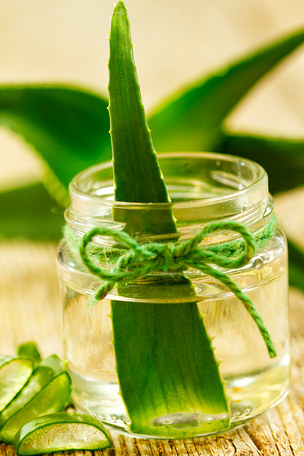Vegan Food Secrets For Increased Sexual Stamina.
There are several supplements and tips that all claim to be able to boost a man’s sexual stamina and improve his performance. What many men do not know is that there is a secret that vegans know. Research is tentatively suggesting that when you eliminate meat, fish, and dairy products from your daily diet you will see an improvement in your stamina. While this is still not scientifically proven, there are certain foods that all vegans eat that make it possible for them to last longer in the bedroom.
 The sex secret vegans know
The sex secret vegans know
While you don’t have to give up the occasional steak or cheeseburger, men who add the following foods to their diet are generally healthier and able to perform better sexually.
Whole Grains and Oatmeal
Eating a bowl of oatmeal for breakfast can help increase the testosterone level in your body. This is important since testosterone is the male hormone that controls sexual arousal and libido. Oats and whole grains are high in the amino acid L-arginine which has long been used to treat erectile dysfunction. The amino acid works with nitrogen in the body to improve blood flow to the penis. This makes it easier for men to get and sustain an erection.
Spinach and Leafy Greens
Leafy vegetables like spinach, kale Swiss chard, and broccoli all contain magnesium which is crucial for proper circulation. The mineral helps to dilate the blood vessels which make it easier for men to become aroused. Spinach also contains the nutrient folate which is also important for good circulation. It is able to remove the plaque that can build up on the arteries and cause blood flow to be restricted to the male sex organ.
Oranges, Peaches, and Grapefruit
Any man who wants to improve their sexual performance and their overall health needs to consume at least 200 milligrams of vitamin C per day. Not only can the powerful vitamin boost your immune system, researchers at the University of Texas Medical Branch also found that it can improve the count and quality of a man’s sperm. The study consisted of 75 men between the ages of 20 to 35 who were heavy smokers and had already reported having a low sperm count. The men were divided into three groups, with one taking a placebo. These men showed no improvement in the quality of their sperm. The other two groups each took 1000 or 200 milligrams of vitamin C, and while both showed improvement, the most significant was from the men who received the higher dose. To get your daily dose of the important vitamin many nutritionists recommend eating plenty of citrus fruits.
Do Vegans Know the Secret?
While vegans will emphatically state that they do know the secret to having a great sex life, researchers are also quick to point out that this is not entirely true. There is no denying that your physical health plays a large role in your ability to perform sexually, and a vegan diet is considered healthy. Vegans have a lower risk of developing circulation problems, and generally have higher levels of testosterone which both can help them last longer and perform better sexually. What a meat free diet doesn’t address are any emotional issues that might be affecting your performance in bed. Depression, stress, and low self-esteem can also make it difficult for a man to become aroused. In addition, researchers are now claiming that certain fats are actually good for the health of your heart.
Summary
If you decide that you want to try a vegan diet it should be to improve your stamina and overall health. In most cases simply adding more whole grains, citrus fruits, and leafy greens is more than enough to boost testosterone for a healthy and satisfying sex life. If you do decide to make a drastic dietary switch to a vegan lifestyle, it should be done under the guidance of a nutritionist.








